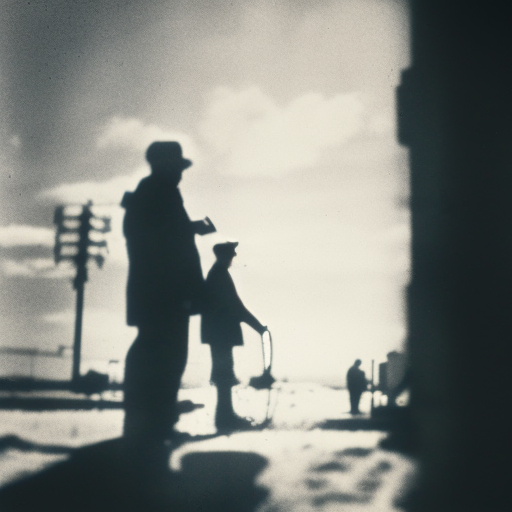The Manhattan Project: Developing the Atomic Bomb
The Manhattan Project was a top-secret research project that took place during World War II, with the goal of developing the first atomic bomb. It was named after the location of its main research facility in Manhattan, New York. The project was initiated in response to fears that Nazi Germany was working on its own atomic weapons program.
Origins and Key Figures
The origins of the Manhattan Project can be traced back to the early 1930s when scientists discovered the potential of nuclear fission. The project was officially authorized by President Franklin D. Roosevelt in 1942 and placed under the control of the U.S. Army Corps of Engineers. Major General Leslie Groves was appointed as the project’s director, responsible for overseeing its operations.
One of the key figures in the project was physicist J. Robert Oppenheimer, who was appointed as the scientific director. Oppenheimer assembled a team of the brightest minds in physics, including Enrico Fermi, Leo Szilard, and Niels Bohr, among others. These scientists were tasked with solving the complex technical challenges of building an atomic bomb.
Research and Development
The Manhattan Project involved multiple research sites across the United States. The main facility was located in Los Alamos, New Mexico, where the bomb’s design and assembly took place. Other sites included Oak Ridge, Tennessee, where uranium enrichment was conducted, and Hanford, Washington, where plutonium production occurred.
The project faced numerous technical challenges, including the need to produce sufficient amounts of enriched uranium and plutonium, as well as designing a reliable detonation mechanism. The scientists made significant breakthroughs in these areas, developing new methods for uranium enrichment and solving the criticality problem of plutonium.
Trinity Test and Hiroshima/Nagasaki
On July 16, 1945, the Manhattan Project achieved its first major milestone with the successful detonation of the Trinity Test in New Mexico. This test confirmed the viability of the atomic bomb and marked a turning point in human history.
Less than a month later, on August 6, 1945, the United States dropped an atomic bomb on the Japanese city of Hiroshima. The bomb, nicknamed “Little Boy,” instantly killed an estimated 70,000 people and caused widespread destruction. Three days later, a second bomb, “Fat Man,” was dropped on Nagasaki, resulting in similar devastation.
Legacy and Impact
The bombings of Hiroshima and Nagasaki had a profound impact on the course of history. Japan surrendered on August 15, 1945, effectively ending World War II. The Manhattan Project’s success also ushered in the nuclear age, with the development of atomic weapons becoming a major focus for global powers during the Cold War.
The project’s legacy is complex and controversial. While it undoubtedly played a crucial role in ending the war, the devastating consequences of the bombings raised ethical questions about the use of nuclear weapons. The Manhattan Project also led to the establishment of the Atomic Energy Commission, which later evolved into the Department of Energy, responsible for overseeing nuclear research and development in the United States.
In conclusion, the Manhattan Project was a monumental scientific and engineering endeavor that resulted in the successful development of the first atomic bomb. Led by Major General Leslie Groves and scientific director J. Robert Oppenheimer, the project brought together brilliant minds to overcome technical challenges and achieve a breakthrough in nuclear weapons technology. The bombings of Hiroshima and Nagasaki marked a turning point in history and raised important ethical questions about the use of nuclear weapons. The legacy of the Manhattan Project continues to shape global politics and the ongoing debate surrounding nuclear weapons.












